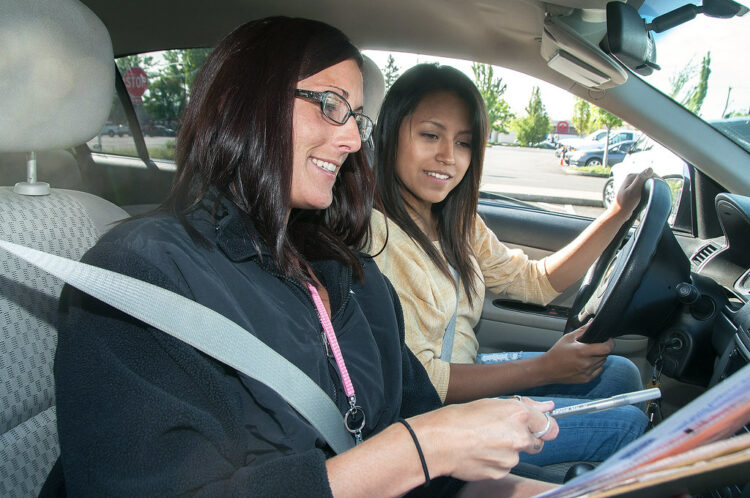
As you approach your driving test, remember that your performance not only determines your ability to operate a vehicle safely but also reflects your commitment to following traffic laws and prioritizing the well-being of yourself and others on the road. Here are 15 things you should never do on your driving test. Learning these will show the examiner you’re a safe and responsible driver ready to hit the road!
Speeding

When you drive at a safe speed, you reduce the chances of getting into an accident. By following the speed limits, you show that you respect the rules of the road and care about the safety of everyone around you. Remember, driving too fast can make it harder for you to react quickly and control your vehicle, putting yourself and others at risk.
Not signaling when turning
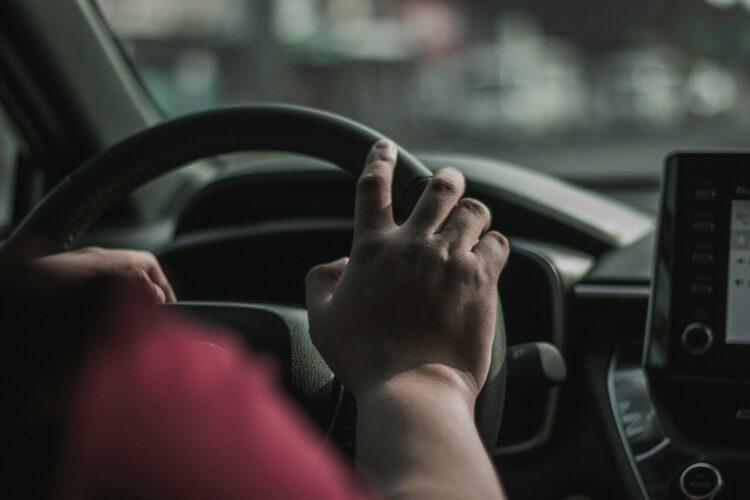
Using your turn signals is practically having a conversation with other drivers on the road. It lets them know where you’re planning to go, making it easier for everyone to understand and avoid any misunderstandings or accidents. Plus, signaling your intentions shows that you are considerate and mindful of those sharing the road with you.
Not stopping at red lights and stop signs
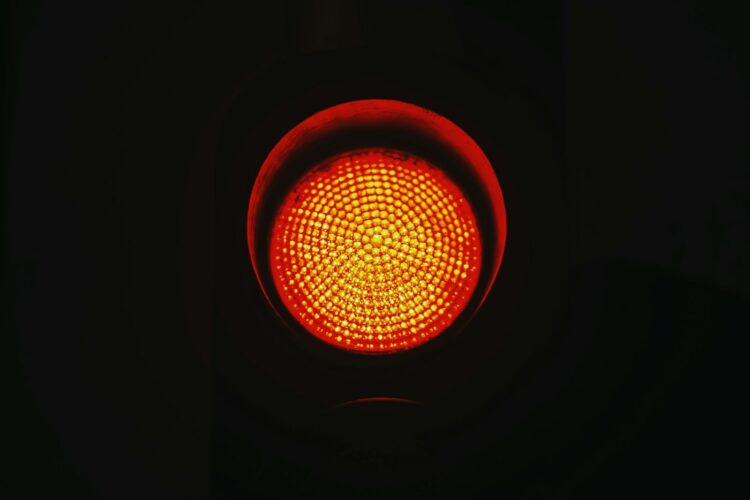
When you come to a red light or a stop sign, you need to stop completely. Ignoring these signals is dangerous for both you and other road users. By obeying traffic lights and signs, you demonstrate that you understand and respect the right-of-way rules, ensuring a safer driving environment for everyone.
Not checking your mirrors

Keeping an eye on your mirrors while driving is crucial for staying aware of the cars around you. Regularly checking your mirrors helps you gather essential information about the traffic situation, allowing you to make informed decisions on the road. Being attentive to your surroundings and practicing good mirror habits show that you are a cautious and responsible driver.
Not staying focused while driving

Avoid distractions like taking phone calls (even if it’s an important call) or anything else that takes your attention away from the road. When you’re distracted, you are less likely to react to unexpected changes in traffic or unexpected situations, increasing the risk of an accident.
Not keeping a safe distance
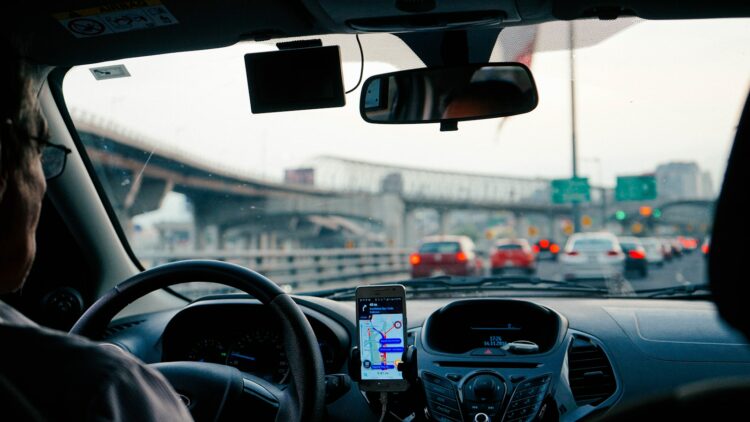
Tailgating, or driving too closely behind another car, can be dangerous. By maintaining a safe distance from the vehicle in front of you, you give yourself enough time to react in case they stop suddenly. Respecting the space between vehicles shows the examiner that you value safety, safe driving distances, and the well-being of other drivers.
Driving recklessly

Reckless driving behaviors such as speeding, aggressive lane changes, or weaving through traffic increase the likelihood of accidents. You’ll fail your exam immediately if you engage in any of these. Driving responsibly, patiently, and predictably provides a safer driving environment for yourself and others. Being a mature and disciplined driver means prioritizing safety over impulsive and risky driving decisions.
Not wearing your seatbelt
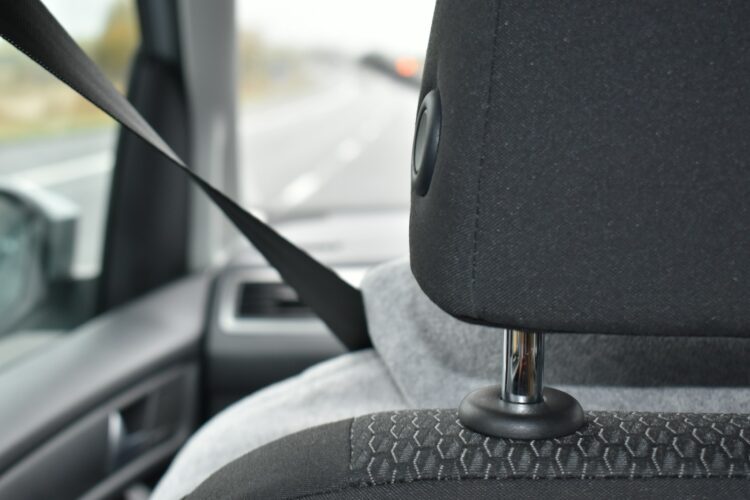
Wearing your seatbelt every time you drive is one of the simplest and most effective ways to protect yourself in the event of a crash. Seatbelts reduce the risk of serious injury or fatality, so make it a habit to buckle up before hitting the road and not just for your driving test.
Not checking your blind spots
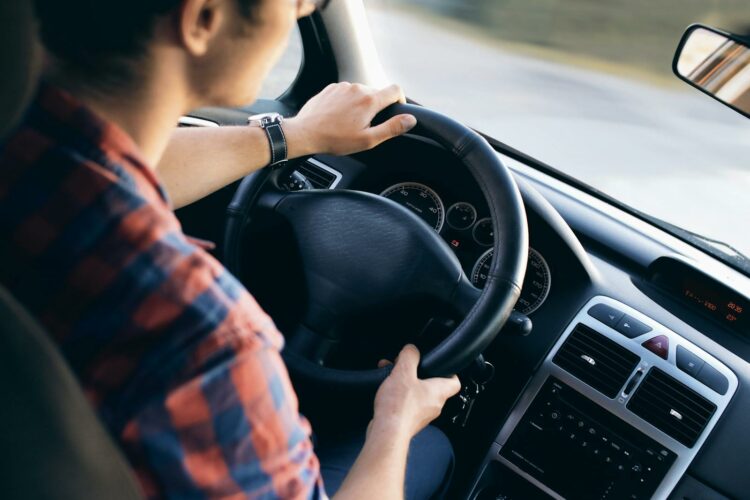
Your blind spots are areas around your car that you can’t see directly while driving. Checking your blind spots before changing lanes or merging helps you avoid collisions with vehicles, cyclists, or pedestrians that may be hidden from your view. So, always check your blind spots, even when you don’t feel like you need to. It shows you’re a careful driver who looks out for everything on the road.
Being mean to other drivers

Aggressive driving behaviors like honking, tailgating, or displaying anger towards other drivers only lead to conflict, endanger everyone on the road, and, of course, failed driving exams! By driving with patience, courtesy, and respect for others, you contribute to a harmonious and safe traffic environment.
Not watching out for pedestrians

Pedestrians are some of the most vulnerable road users, and as a driver, you have to watch out for them and yield the right-of-way when necessary. Acknowledging and respecting pedestrians at crosswalks or intersections shows that you are attentive, considerate, and compliant with laws that prioritize pedestrian safety.
Blocking intersections

Don’t stop in the middle of an intersection, as it can disrupt the traffic and cause congestion. Make sure you can pass through the intersection safely and always follow traffic signals for a smooth and efficient traffic flow. By being aware of intersection etiquette and respecting traffic signals, you demonstrate to the examiner your understanding of safe driving practices and your ability to navigate intersections responsibly.
Not using your headlights when needed

Headlights are not just for your visibility but also for making your vehicle more visible to others, especially in low-light conditions or bad weather. Using your headlights correctly at dusk, dawn, or during adverse weather conditions improves your visibility and reduces the risk of car accidents due to decreased visibility.
Being visibly stressed

It’s normal to feel nervous during a driving test, but staying calm and focused is essential for making good decisions and driving safely. Cultivating mental resilience and staying composed under pressure help you overcome challenging situations with confidence. By remaining calm and collected during your driving test, you can show that you can handle stress and maintain control while driving.
Not obeying traffic signs and signals
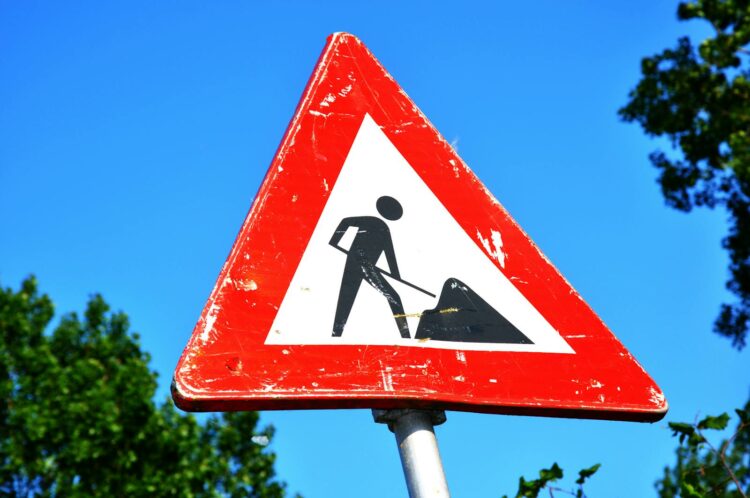
Following traffic signs, signals, and road markings is important for safe and orderly driving. Stop signs, yield signs, speed limit signs, traffic lights, and other signals are in place to regulate traffic flow and prevent accidents. By obeying these signs, you show your understanding of traffic regulations and respect for the rules of the road.

Comments
Loading…